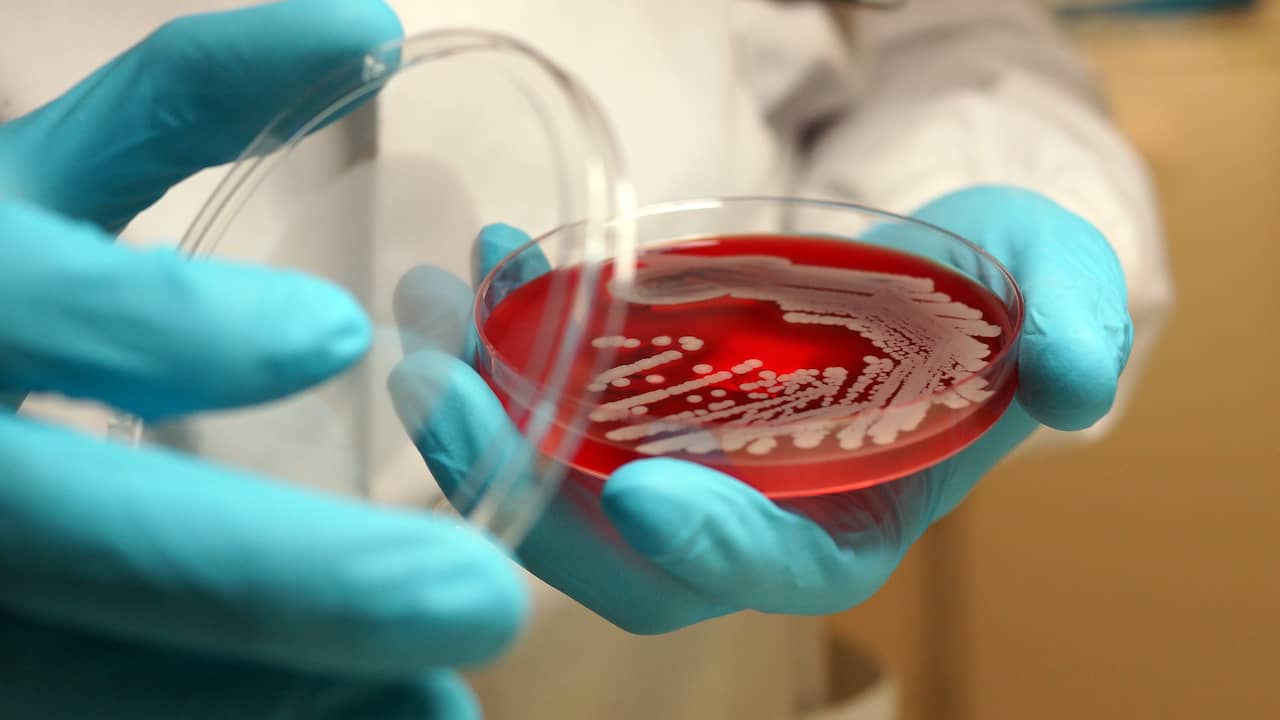Scientists at the Lawrence Berkeley National Laboratory have discovered the largest bacterium ever. This giant bacterium can be seen with the naked eye, while smaller variants cannot be seen without a microscope. The discovery of the bacterium is turning science on its head, according to the researchers.
Door: NU.nlThe bacteria became discovers in the mangroves of Guadeloupe, a French overseas department in the Caribbean Sea. The organism is about the size of an eyelash. The largest specimen of the bacterium was about 2 centimeters long. That is huge for a normally microscopic organism.
–
“This bacterium is at least 5,000 times the size of most bacteria. It’s like discovering a human the size of Mount Everest,” said lead researcher Jean-Marie Volland of the Lawrence Berkeley National Laboratory.
–
Not only the size, but also the structure of the bacterium is special. Whereas previously found giant bacteria consisted of colonies of hundreds to thousands of cells, the Thiomargarita magnifica is a single-celled organism.
–
The fact that the bacterium could nevertheless grow so large amounts to a major shift in what we know about (micro)biology. It may even shed light on how single-celled organisms eventually evolved into all other life forms on Earth, including humans.
–
“Seeing that a bacterium of this size consisted of a single bacterial cell was an aha experience. It shows that living cells can be much more complex, organized and versatile than we thought,” said Volland.
–Unfortunately this content cannot be displayedWe do not have permission for the necessary cookies. Please accept the cookies to view this content.
–

